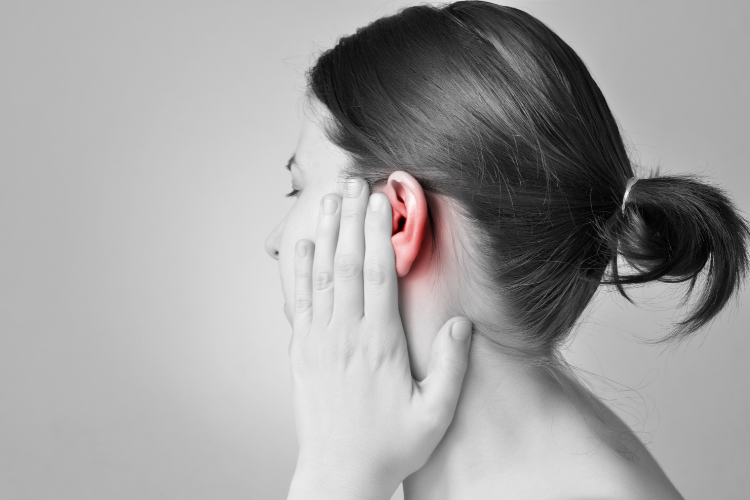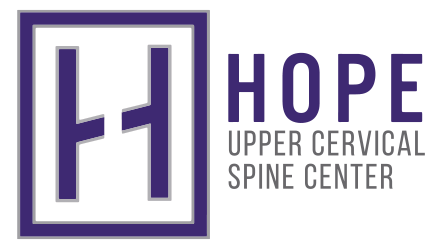
When people hear the word “vertigo,” they often think of problems within the inner ear—maybe something like an infection or imbalance causing the world to spin. While it’s true that the inner ear plays a major role in balance, there’s a growing body of research and clinical evidence showing that vertigo is frequently influenced by the central nervous system, spinal alignment, and particularly the upper cervical spine.
That means vertigo isn’t just about the ears. It’s also about the neck.
This broader understanding opens up new possibilities for managing and relieving vertigo—especially through specialized chiropractic care focused on the upper cervical spine. Let’s break down why that matters, and how a different approach to vertigo relief might help you or someone you care about.
Vertigo: A Multi-System Condition
Vertigo is commonly defined as the false sensation of spinning, swaying, or tilting—often accompanied by nausea, imbalance, or visual disturbances. While classic cases involve the vestibular system in the inner ear (as in Meniere’s disease or BPPV), that system does not operate alone.
Balance and orientation are regulated by a finely tuned communication network between:
- The vestibular system (in your inner ear)
- The eyes (which provide visual confirmation of your surroundings)
- The brainstem and cerebellum (which interpret and coordinate information)
- The spine and proprioceptors (which tell the brain where your body is in space)
If any one of these systems becomes disrupted—or if communication between them is scrambled—dizziness and vertigo can result. And that’s where your neck comes into play.
The Upper Cervical Spine: A Control Center You Can’t Ignore
At the top of the spinal column sit two highly mobile vertebrae known as the atlas (C1) and axis (C2). These vertebrae protect the brainstem, which acts as a relay center between the brain and the rest of the body—including the organs responsible for balance and spatial awareness.
When this area becomes misaligned—whether due to injury, stress, poor posture, or subtle biomechanical dysfunction—it can lead to:
- Distorted sensory input to the brain
- Restricted blood flow to the brain and inner ear
- Disrupted cerebrospinal fluid drainage
- Brainstem irritation or compression
Any of these factors can play a role in triggering, intensifying, or prolonging vertigo symptoms.
How Upper Cervical Chiropractic Approaches Vertigo Relief

Unlike traditional chiropractic methods that involve full-spine adjustments, upper cervical chiropractic focuses exclusively on correcting misalignments in the top two vertebrae. Using precise imaging and highly calibrated techniques, practitioners gently realign the neck without any twisting or cracking.
The goals of care include:
- Restoring proper nerve function between the brainstem and balance systems
- Improving blood and CSF flow to vital areas of the brain
- Re-establishing equilibrium by removing pressure from neural pathways
- Reducing inflammation that may irritate surrounding tissues
Many patients report reduced frequency and intensity of vertigo episodes following a course of upper cervical adjustments—particularly those who have a history of head trauma, whiplash, or posture-related stress.
Case Examples: More Than Anecdotes
While more large-scale clinical research is needed, numerous case reports have documented meaningful vertigo relief through upper cervical care. One study published in the Journal of Upper Cervical Chiropractic Research reported a group of patients experiencing resolution or improvement in chronic vertigo after receiving atlas corrections over several weeks.
In many cases, the individuals had been unsuccessfully treated through conventional means and only began to see results after their upper cervical misalignments were addressed. These findings suggest that upper cervical chiropractic may offer a valuable complementary option for those who feel stuck in their vertigo recovery.
What to Expect in a Treatment Plan
If you’re considering this route, here’s what an upper cervical chiropractic experience typically involves:
- Consultation and history review with emphasis on head/neck trauma
- 3D imaging or thermographic scans to detect subtle misalignments
- A customized adjustment plan tailored to your specific anatomy
- Ongoing monitoring for stability and symptom improvement
- Supportive guidance on posture, ergonomics, and nervous system regulation
Unlike quick fixes, this approach aims for long-term correction and prevention of recurrence by treating underlying dysfunction—not just managing symptoms.
Serving Keller, Southlake, and Beyond
At Hope Chiropractic, we proudly provide specialized upper cervical care to patients from Keller, Southlake, Grapevine, Colleyville, Trophy Club, and Westlake. Our team is passionate about restoring stability and quality of life through gentle, science-backed care.
If you or someone you know struggles with persistent dizziness or unexplained vertigo, don’t settle for incomplete answers. A thorough evaluation of your upper cervical spine might just be the missing link you’ve been searching for.
Medical Disclaimer
This blog post is for educational and informational purposes only. It does not constitute medical advice or establish a doctor-patient relationship. Please consult a licensed healthcare provider before making any decisions related to your health or treatment options.


